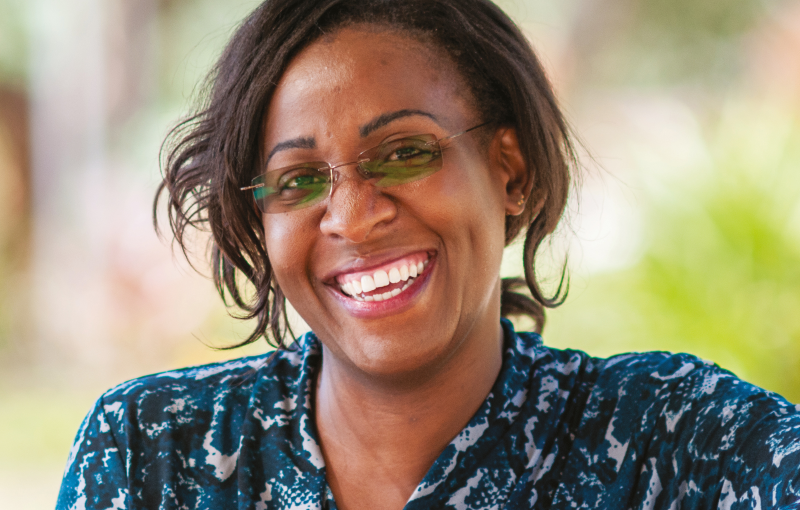I’ve already seen how small changes in eating habits can be life-changing.
I’m passionate about working in nutrition. I do what I do because I know how it feels when everybody looks the other way. I was a “preemie” – a premature baby.
Weighing a mere 1.08 kg and anaemic, the doctors gave me 72 hours to live. But I’m still here; against all the odds I survived,
and now I want to be part of the solution. As a nutritionist, I cannot look the other way while women and children are dying of
anaemia and malnutrition on our watch.
Worldwide, malnutrition is responsible for almost half of the deaths of children under the age of five. Some 90 percent of those
occur in 34 countries; 22 of which are in Africa. Although malnutrition has multiple causes, I strongly believe the root of the
problem in Africa is due to dysfunctional food systems that fail to provide the right nutrients in the right quantities in order
for people of all ages to thrive. This has to change.
Fortunately, nutrition has become accepted as a global priority – it even has its own Sustainable Development Goal (SDG). But if we’re going to meet SDG3 – for good health and well being – we’re going to need less business-as-usual, and more unusual business.
First, we need to radically rethink the concept of food security, and focus on nutrition security as well. Having enough
calories is not enough – we need better food production and distribution systems that ensure everyone has equal access to
safe, diverse, and nutrient-dense foods, produced with minimal damage to our environment. Yes, it’s a tall order.
For example, daily consumption of specially bred, high-iron beans can prevent and even reverse anaemia in women and children. That ’s a quick, effective response to a condition that can blight their entire lives – entire nations.

